The Langtang Valley Trek presents a unique blend of natural beauty and cultural richness, drawing trekkers eager to explore the heart of the Himalayas. Starting with a picturesque drive from Kathmandu, adventurers find themselves immersed in lush forests and charming villages, eventually reaching the serene Kyanjin Gompa. While the trek is best enjoyed in the spring or autumn, its offerings extend beyond just stunning views. What many don’t realize, however, are the practical tips and essentials that can enhance their experience significantly. Curious about how to make the most of this unforgettable journey?
Key Points
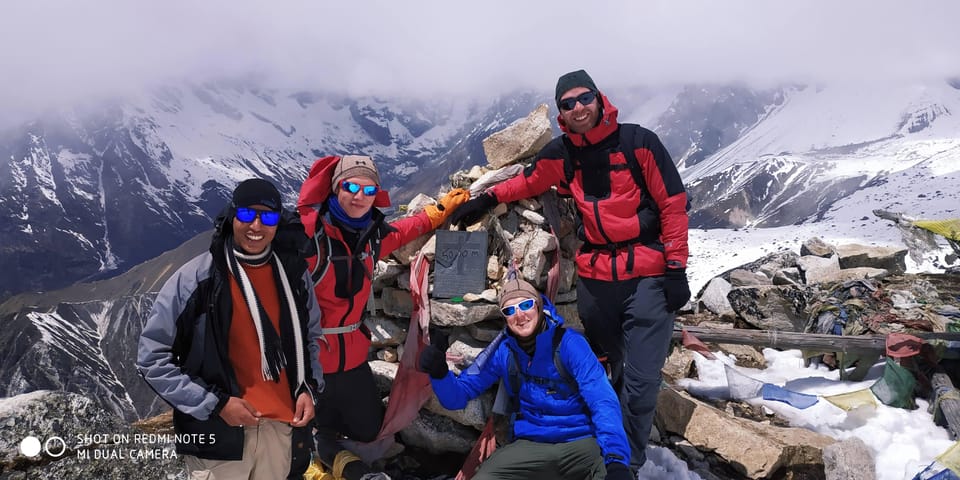
- The Langtang Valley trek features breathtaking Himalayan views, diverse landscapes, and rich cultural experiences in traditional villages.
- The trek typically lasts five days, starting with a scenic drive from Kathmandu to Syabrubesi.
- Accommodation is provided in local teahouses, with all meals included throughout the trek.
- Spring (March to May) and autumn (September to November) are the best times to undertake the trek for optimal weather and views.
- Engaging with local guides enhances the trekking experience by providing insights into the culture and environment of the region.
It's also worth checking out some other tours and experiences nearby.
Trek Overview and Highlights
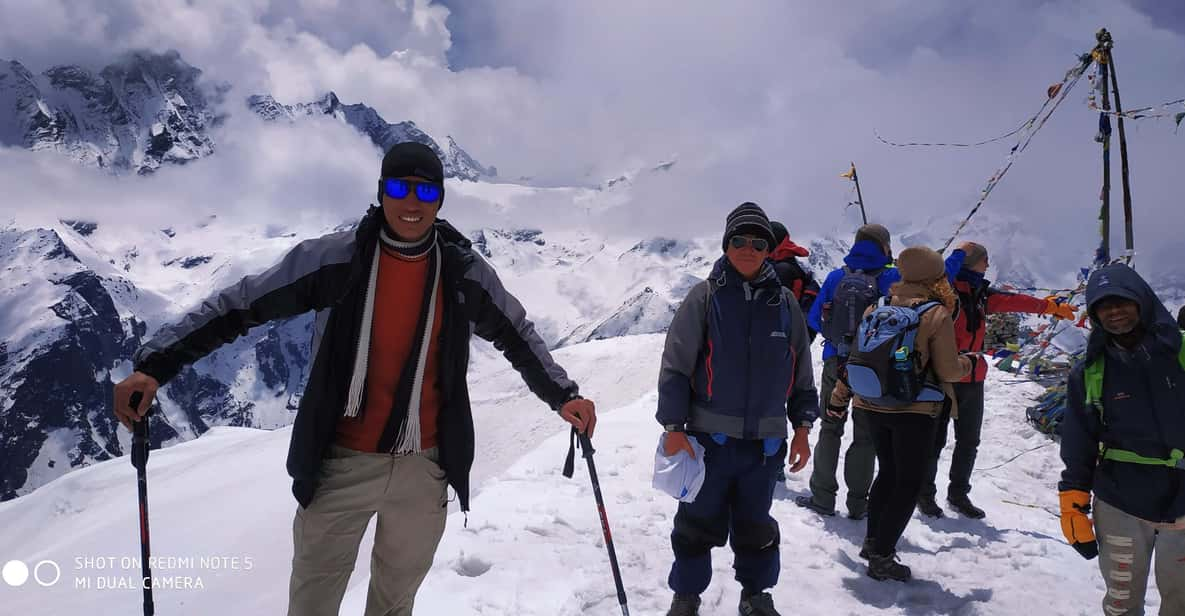
The Langtang Valley trek invites adventurers to explore Nepal’s breathtaking landscapes, featuring stunning Himalayan views, lush forests, and the rich culture of the Tamang people.
Trekking begins with a scenic drive to Syabrubesi, setting the stage for an unforgettable journey. Along the trail, trekkers can spot diverse wildlife in dense forests and engage with the warm, welcoming locals.
Not to be missed is the traditional Langtang Village, steeped in history and culture. A visit to the ancient Kyanjin Gompa offers spiritual immersion and spectacular mountain vistas.
Detailed Itinerary
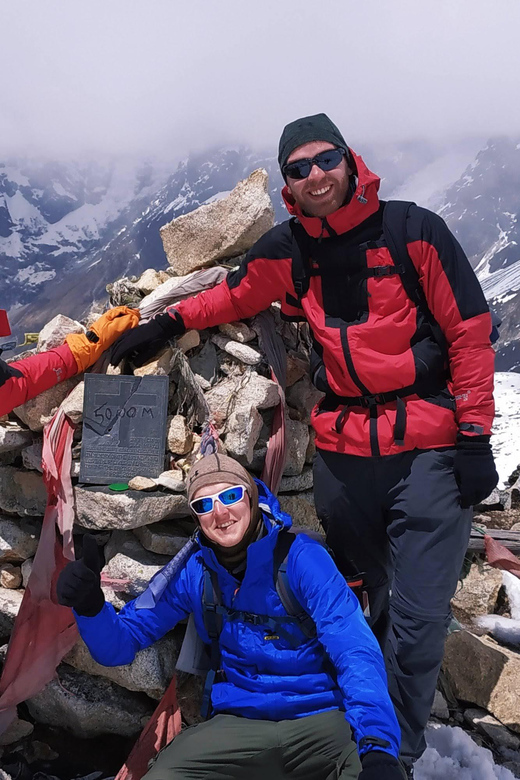
Kicking off the adventure, trekkers embark on a scenic drive from Kathmandu to Syabrubesi, which takes about 7 to 8 hours and sets the perfect tone for the journey ahead.
On Day 2, they trek to Lama Hotel, taking around 6 to 7 hours through lush forests.
Day 3 leads them to Langtang Village, where they’ll spend another 6 to 7 hours hiking.
The next day, they reach Kyanjin Gompa in just 3 to 4 hours, allowing time to soak in the stunning views.
Day 5 is an exploration day, with options to hike to Kyanjin Ri or Tserko Ri.
The return trek spans Days 6 and 7, wrapping up with a drive back to Kathmandu on Day 8.
Inclusions and Costs
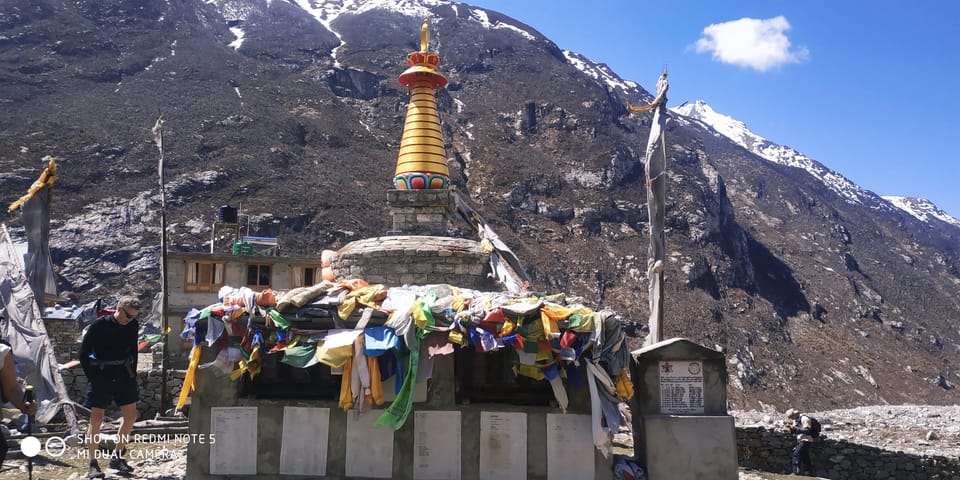
Trekkers can expect a comprehensive package that covers all the necessary inclusions and associated costs for the Langtang Valley trek, ensuring a hassle-free experience from start to finish. The price starts at €277.01 per person and includes:
-
Transport: A deluxe bus from Kathmandu to Syabrubesi and back.
-
Accommodation: Seven nights in local teahouses, sharing rooms with fellow trekkers.
-
Meals: All meals during the trek, including seven breakfasts, lunches, and dinners.
Plus, trekkers benefit from an English-speaking guide and the Langtang National Park entry permit.
While porter service is available at an extra cost, all applicable government taxes are included, making it a straightforward and enjoyable trekking experience.
Booking Process
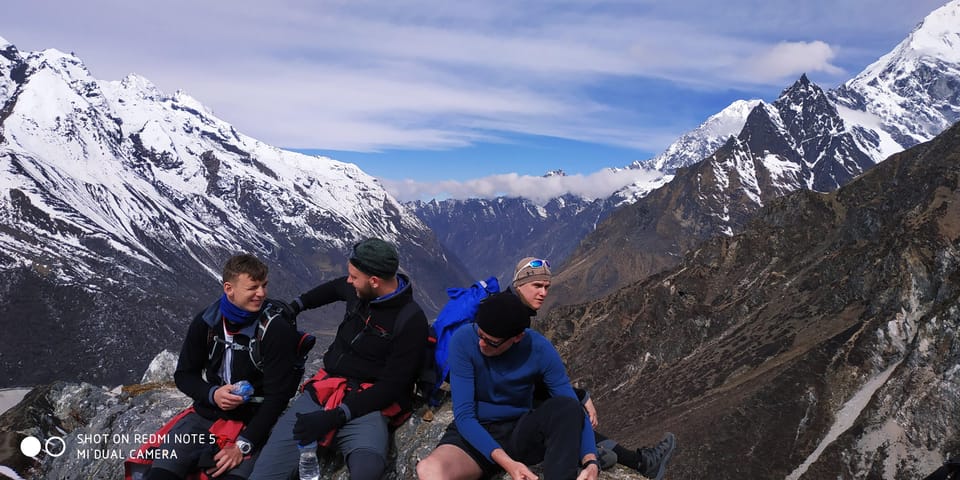
Booking the Langtang Valley trek is straightforward, offering options that cater to different preferences and budgets.
Trekking enthusiasts can easily secure their spot through online platforms or local agencies. Many providers offer a “reserve now & pay later” option, allowing trekkers to book without any upfront payment.
It’s essential to check availability for specific dates and group sizes, as most treks are limited to 15 participants. On top of that, trekkers enjoy the flexibility of free cancellation up to 24 hours before departure for a full refund.
This practical approach ensures that adventurers can plan their dream trek with confidence, knowing they’ve options to suit their needs and travel plans.
Customer Reviews
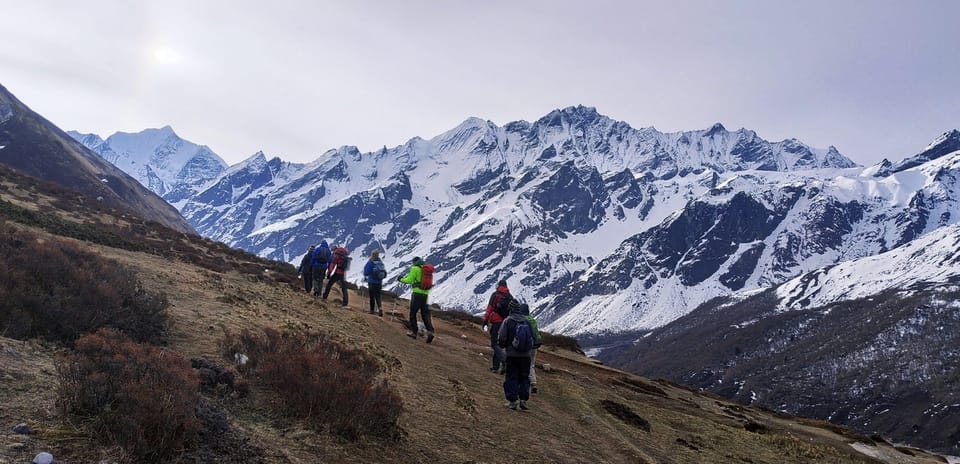
Feedback from previous participants highlights the exceptional experience of the Langtang Valley trek, particularly praising the knowledgeable guides and the stunning scenery.
Participants often mention:
-
Expert Guidance: Many trekkers appreciate the guides’ expertise, enhancing their understanding of the local culture and environment.
-
Breathtaking Views: The panoramic landscapes leave trekkers in awe, making the journey memorable and worthwhile.
-
Welcoming Atmosphere: Trekkers frequently comment on the friendly locals and warm hospitality in teahouses, which add to the trek’s charm.
Best Time to Trek
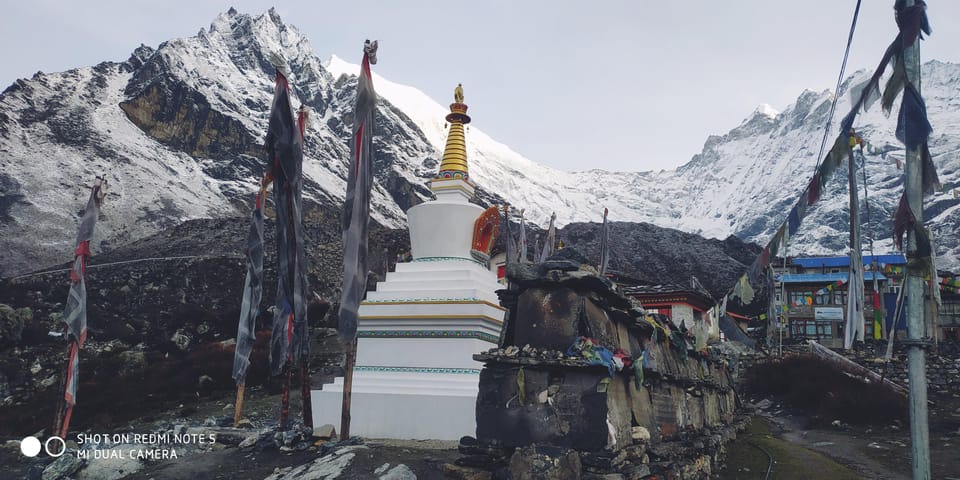
The best time to trek in the Langtang Valley is during the spring and autumn seasons, when the weather is generally mild and the views are at their most spectacular.
Spring, from March to May, offers blooming rhododendrons and clear skies, making every step breathtaking.
Autumn, from September to November, provides crisp air and stunning mountain vistas, perfect for photography enthusiasts.
During these times, trekkers can expect stable weather and less chance of rain, which enhances the overall trekking experience.
While winter brings snow and colder temperatures, and summer often sees monsoon rains, spring and autumn truly stand out for those looking to explore the beauty of the Langtang Valley without weather-related disruptions.
Packing Essentials
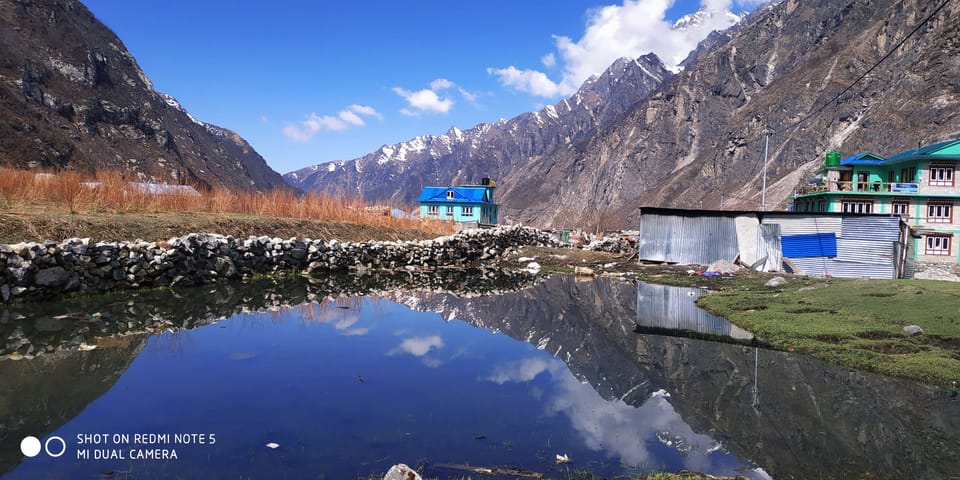
Packing for the Langtang Valley trek requires careful consideration to ensure trekkers are well-prepared for varying weather conditions and the demands of the trail. Essential items can make a significant difference in comfort and safety during the journey.
Here are three must-have packing essentials:
-
Layered Clothing: Lightweight and moisture-wicking layers help manage temperature fluctuations, keeping trekkers comfortable in both warm and cold conditions.
-
Quality Footwear: Sturdy, well-fitted trekking boots provide the necessary support and grip on uneven terrain, preventing injuries.
-
Water Purification System: Staying hydrated is crucial, so a reliable water purification method ensures trekkers have access to safe drinking water.
Tips for Trekking Success
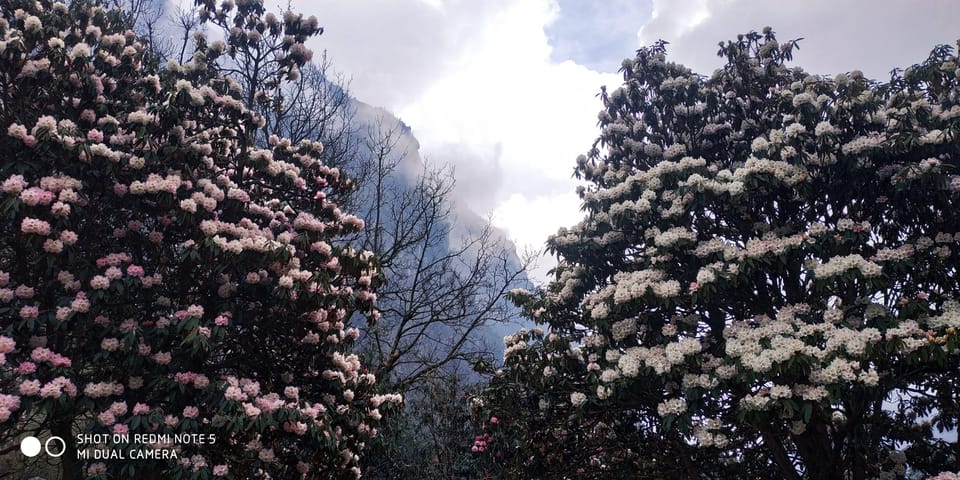
To ensure a successful trek in the Langtang Valley, trekkers should prioritize acclimatization and listen to their bodies as they adjust to the altitude. Staying hydrated is crucial, so they should drink plenty of water throughout the day.
It’s also wise to pace themselves, taking breaks when needed and not rushing through the itinerary. Trekkers should pack light but bring essential items like a first-aid kit, sufficient snacks, and weather-appropriate clothing.
Keeping a flexible mindset helps in adapting to changing conditions or unexpected challenges. Lastly, engaging with local guides enhances the experience and provides valuable insights into the culture and environment.
Here's a few more nearby tours and experiences we think you'll like.
Frequently Asked Questions
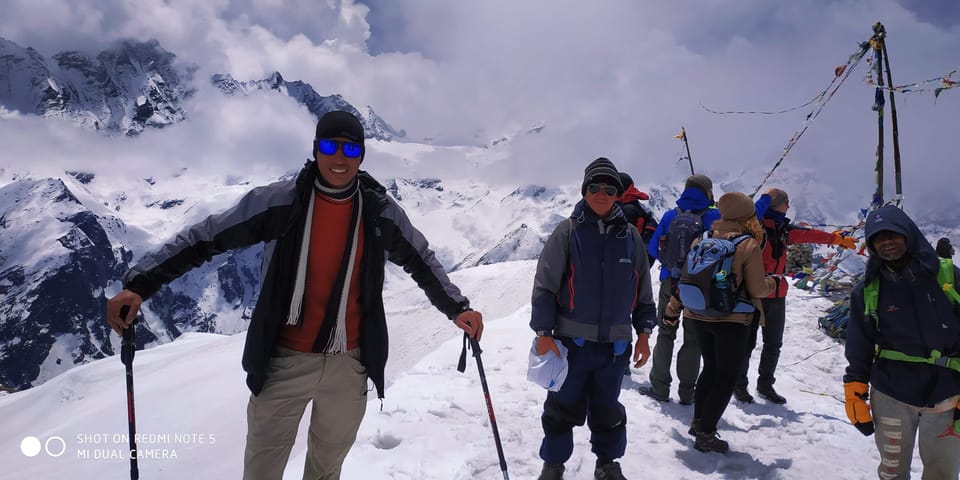
What Is the Difficulty Level of the Langtang Valley Trek?
The trek’s difficulty level varies, but it generally suits intermediate trekkers. Participants can expect challenging ascents and altitude changes, requiring good fitness and stamina, though many manage it with proper preparation and determination.
Are There Any Age Restrictions for Participants on This Trek?
Age restrictions don’t typically exist for participants, but trekkers should assess their physical fitness. Guides often recommend that younger and older individuals consult with professionals to ensure a safe and enjoyable trekking experience.
How Much Altitude Sickness Is a Concern During the Trek?
Altitude sickness can be a concern during treks above 2,500 meters. It affects individuals differently, but acclimatization helps. Guides monitor symptoms closely, ensuring trekkers descend if necessary to maintain safety and comfort throughout the journey.
What Types of Food Are Available During the Trek?
During the trek, trekkers enjoy a variety of local dishes. They’ll find options like dal bhat, noodles, and momos, ensuring everyone can refuel with hearty meals while experiencing authentic Nepali cuisine in cozy teahouses.
Can I Trek Solo or Is a Guide Mandatory?
When considering solo trekking, it’s important to note that guides are often required for safety and navigation. Many prefer hiring a guide for local insights, ensuring a richer and safer adventure experience.
Not for you? Here's more of our most recent tour reviews happening neaby
- Discover Ghandruk & Poonhill Circuit 3-Day Trek From Pokhara
- Kathmandu to Pokhara: One Way Private Transfer
- Kathmandu: Monsoon Magic! Eat, Explore, Capture the Rain
- From Kathmandu: 1 Night 2 Days Kalinchowk Jeep Tour
- Kathmandu: 5-Day Spiritual Gosaikunda Guided Trek
- 3 Nights 4 Days Chitwan National Park With Tower Night Stay
- Kathmandu: 7 Days Annapurna Base Camp Private Trek
- 4 Days Chitwan National Park Tour With Tower Night Stay
- From Kathmandu : 6 Days Mardi Himal Guided Trek
- Kathmandu: 5-Day Pikey Peak Guided Trek
- Langtang Valley Budget Trek: A 6-Day Adventure
- 6 Day Langtang Adventure : Fixed Group Departure Budget Trek
- Helambu Trek 5 Days
- 3 Nights 4 Days Chitwan National Park With Tower Night Stay
- Scenic 3-Day Hike: From Sundarijal to Chisapani and Nagarkot
Recap
To sum it up, the Langtang Valley Trek offers a unique blend of stunning scenery and cultural richness that trekkers won’t want to miss.
With its well-planned itinerary, delicious meals, and comfortable accommodations, adventurers can fully enjoy the experience.
By choosing the right time to trek and packing wisely, they can ensure a successful journey.
Whether they’re seasoned trekkers or newcomers, the Langtang Valley promises memories that’ll last a lifetime.
